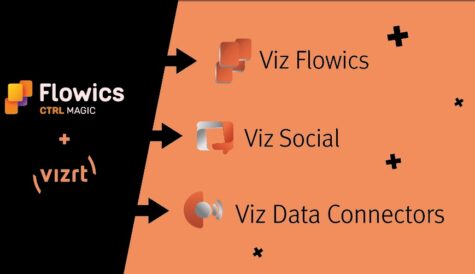
After more than 40 years of operation, DTVE is closing its doors and our website will no longer be updated daily. Thank you for all of your support.
DVB-I spec officially approved by body
The DVB has formally approved the specification for DVB-I.
The industry consortium initially demonstrated the new DVB-I standard at IBC. The demo included broadband and broadcast delivered linear television services using HTTP-based access and streaming mechanisms.
The body said that specification aims to ensure that linear television delivered over the internet is as user-friendly and robust as a traditional broadcast television experience. It offers the possibility for linear television services to be delivered to any device with a suitable internet connection and media player, including TV sets, smartphones, tablets and media streaming devices.
DVB chair Peter MacAvock said: “In developing an internet-centric solution for linear television services, we are providing the industry with a crucial missing piece that raises internet-based delivery to the same level in the DVB ecosystem as RF-based content delivery.
“With these building blocks, addressing the discovery of DVB-I services and the delivery of programme metadata, DVB offers broadcasters and operators an exciting new deployment option.”
The DVB-I specification defines DVB-I Service Lists, a means for internet-connected devices to find curated sets of linear television services that may be delivered through broadband or broadcast mechanisms. It also defines the methods to retrieve electronic programme data for those services, which can be integrated into a single coherent offering that is accessed through a consistent user interface.
With the publication of the DVB BlueBook, implementers can now proceed with the development of DVB-I-enabled clients, while broadcasters and other content providers can take the necessary steps to make their services available via DVB-I.
At IBC, the organisation showcased key elements of the spec as a DVB-I Service List, DVB-DASH streaming with a recently released low latency mode, and Multicast Adaptive Bit Rate support for network optimisation.The DVB sees the ability to deliver a unique service list combining broadcast and internet delivered services as a key goal. The DVB-I service list allows broadcasters to deliver multiple versions of services over different means that are then grouped together as the same service on the EPG.



